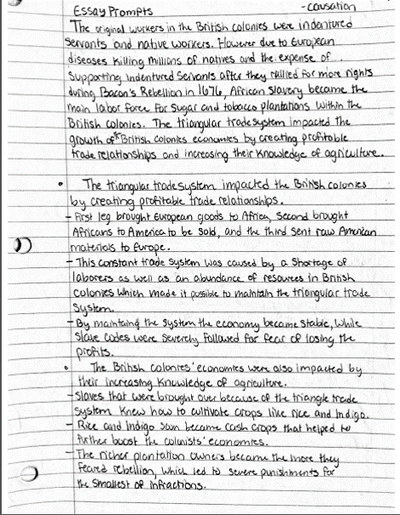NOTES:
| thomas_jefferson_and_his_presidency.pdf | |
| File Size: | 1043 kb |
| File Type: | |
| war_of_1812.pdf | |
| File Size: | 6875 kb |
| File Type: | |
| elections_of_1824___1828.pdf | |
| File Size: | 189 kb |
| File Type: | |
| andrew_jackson.pdf | |
| File Size: | 4239 kb |
| File Type: | |
Handouts Part 1 :
| era_of_good_feelings_-_clays_american_system_-_monroe_-_elections_of_1824___1828.pdf | |
| File Size: | 159 kb |
| File Type: | |
| war_of_1812_propaganda.pdf | |
| File Size: | 1900 kb |
| File Type: | |
Handouts Part 2:
| economics___business_cycles.pdf | |
| File Size: | 105 kb |
| File Type: | |
| tariffs_through_1846___politics_in_the_1840s.pdf | |
| File Size: | 118 kb |
| File Type: | |
| jacksonian_era.pdf | |
| File Size: | 119 kb |
| File Type: | |
| westward_expansion.pdf | |
| File Size: | 151 kb |
| File Type: | |
Pictures:
Videos:
Crash Course #10: Thomas Jefferson & His Democracy (Period 4 pt. 1)
Crash Course #11: The War of 1812 (Period 4 pt. 1)
Crash Course #12: The Market Revolution (Period 4 pt. 2)
Crash Course #14: The Age of Andrew Jackson (Period 4 pt. 3)
Crash Course #17: War & Expansion (Period 4 pt. 4)




















